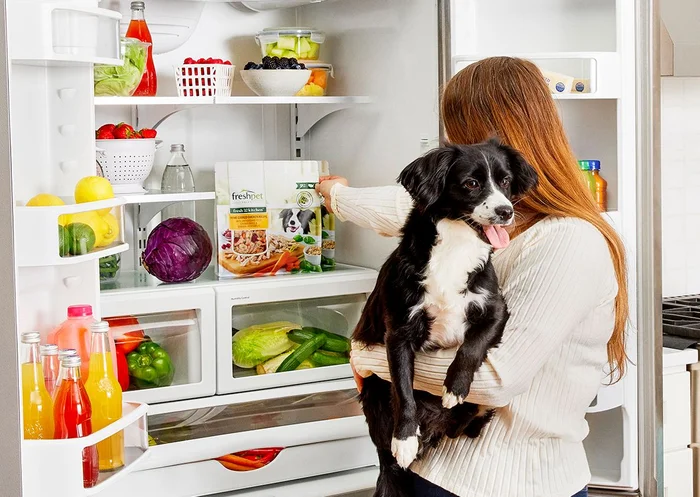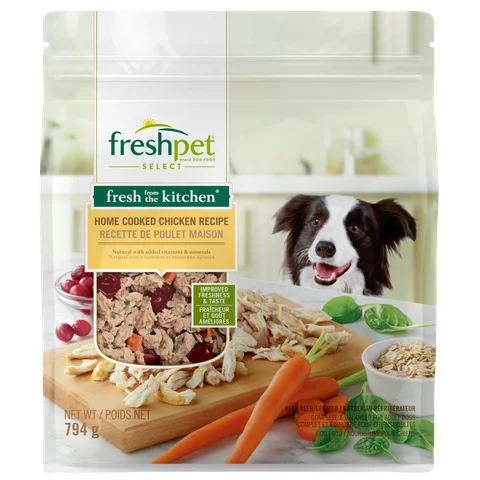
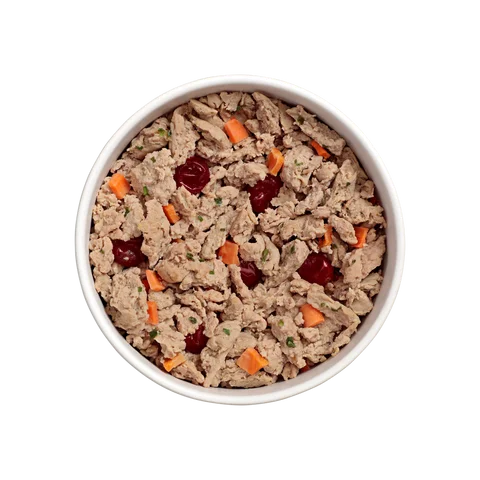
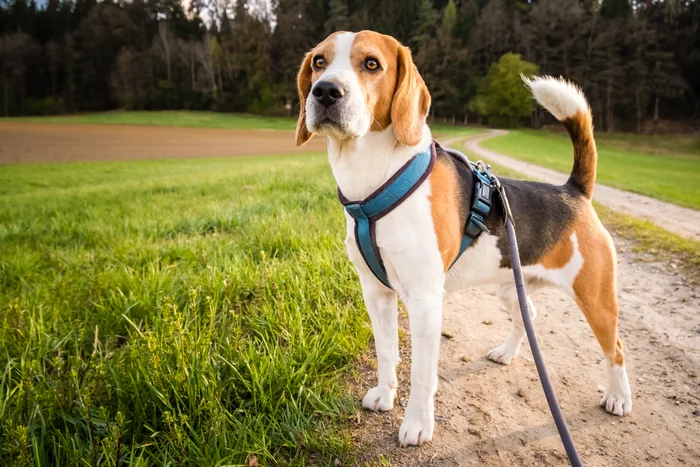
Essential Tips for Better Walks With Your Dog
written by Tori Holmes
Taking your dog for a walk is not only great exercise but it also plays a big role in their mental and physical well-being. However, dog leash training can be challenging for new and seasoned pet parents alike. To help you make the most of your walks, we’ve compiled a list of essential tips for you to try.
Setting a solid foundation is crucial for successful dog leash training. If this is your first time going through this process, these tips will ensure a lifetime of enjoyable and stress-free walks.
● Choose the right equipment: Invest in a comfortable and secure collar or harness as well as a sturdy, six-foot leash. We recommend a simple nylon leash rather than a retractable one, as this will give your dog room to explore while still enabling you to maintain control.
● Introduce the leash gradually: Before you head out on your first walk, let your dog get used to wearing their collar and leash indoors. You can help build a positive association with their leash by rewarding them with their favorite Freshpet treats for calm behavior.
● Start with short walks: Once your dog is comfortable wearing the leash inside, begin with brief walks around your yard or neighborhood to build their confidence. You can gradually increase the length and duration of your walks as your dog becomes more confident.
● Practice basic commands: Teaching your dog basic commands is also an integral part of dog leash training. ‘Heel’, ‘sit’, and ‘leave it’ are important commands to help keep your pup safe during your walks. Again, Freshpet treats come in handy to help reinforce the commands during your walks.
Learning a new skill can take time and dogs can sense your emotions, so do your best to stay calm and positive during walks. If you become frustrated or stressed, you risk your dog developing fear and anxiety around their leash or walks in general. Fortunately, a good attitude and these simple tips go a long way in helping your pup learn good leash manners!
Once you’ve mastered the basics, don’t be concerned if you still find yourself struggling to get your dog to walk with a loose leash. One of the most common challenges in dog leash training is stopping your dog from pulling. The good news is that there are a few effective strategies to address this issue.
● Consistency is key: When your dog starts pulling on the leash, stop walking and only resume when they return to your side. It may slow down your journey, but following this method consistently will teach your dog that pulling gets them nowhere.
● Change directions: If your dog is starting to pull, changing the direction you’re walking – even just slightly – will bring your dog’s attention back to you. When your dog is focused on you, it prevents them from fixating on moving along a particular path and encourages them to stay close.
● Use high-value treats: When your dog walks calmly beside you with a loose leash, reward them with plenty of praise and their favorite Freshpet treat.
By implementing these strategies, you can significantly reduce pulling and enjoy more pleasant walks.
Treats can make a world of difference when it comes to dog leash training. The right treats not only motivate your dog but also help reinforce positive behaviors, making your walks more enjoyable and productive.
● Dog Joy® turkey bacon treats: Indulge your dog with treats crafted from real, slow-cooked turkey. These savory and chewy strips are free from artificial flavors, colors, and fillers, making them perfect for training or everyday enjoyment.
● Dognation® chicken treats: Another way to reward your pup is with treats made from 100% natural, farm-raised chicken. These tender and delicious treats are crafted without any artificial preservatives, flavors, or fillers, making them the perfect high-value treat for training.
While treats are essential for training, overusing them can lead to unhealthy weight gain. Do your best to use treats sparingly and pair them with verbal praise and affection.
With time and effort, your walks will become a highlight of your dog’s day. Each time you step out of the door they will have the opportunity to take in new sights and smells as well as socialize with other dogs and people. Together, this can greatly improve their overall mental and physical well-being.
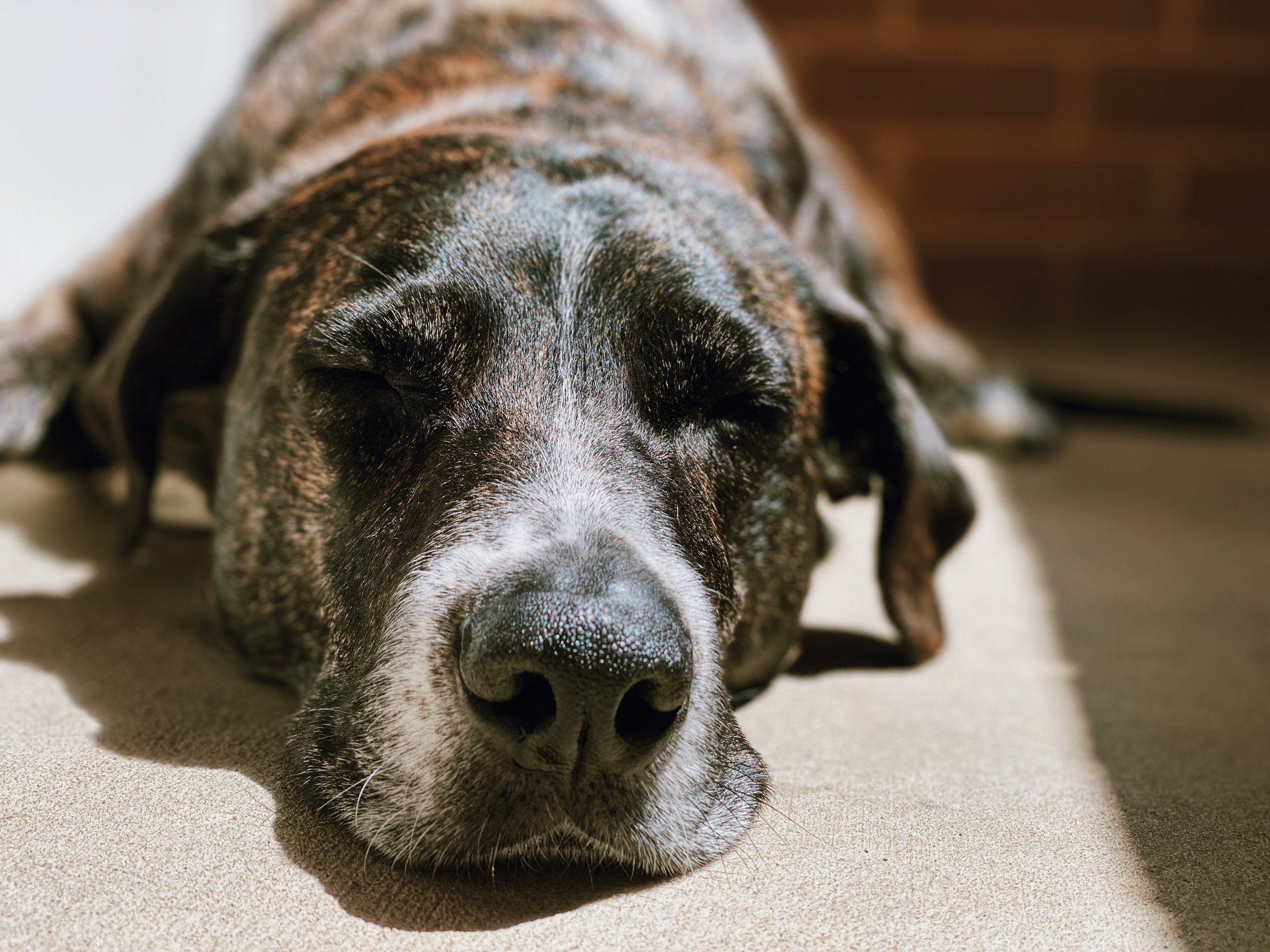
dog nutrition and feeding
Senior dogs need a diet that supports their aging bodies, which is why we want to help you find the best food for senior dogs.
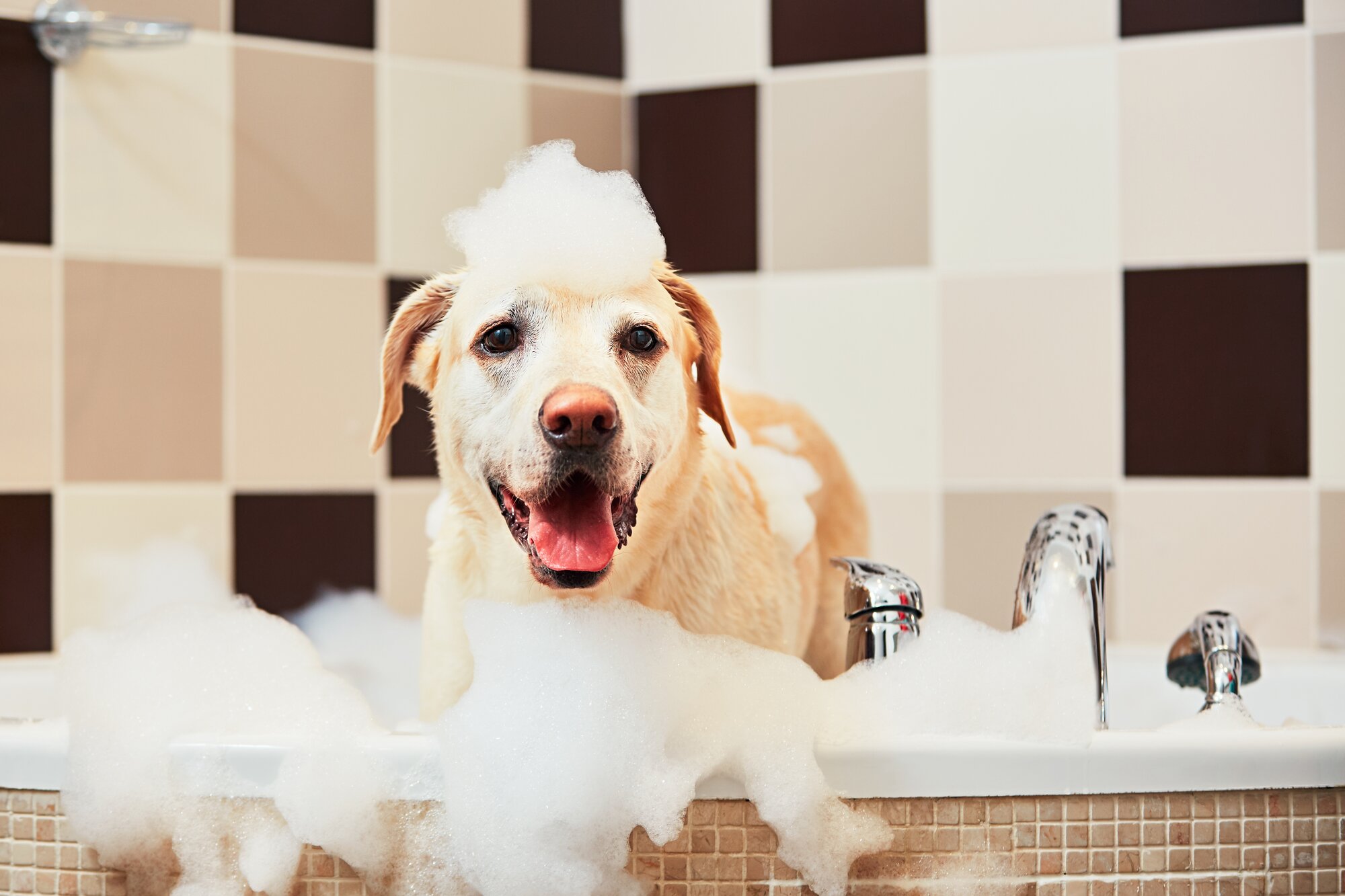
pet wellness
Learn how to treat your pet to a day of relaxation at home.
